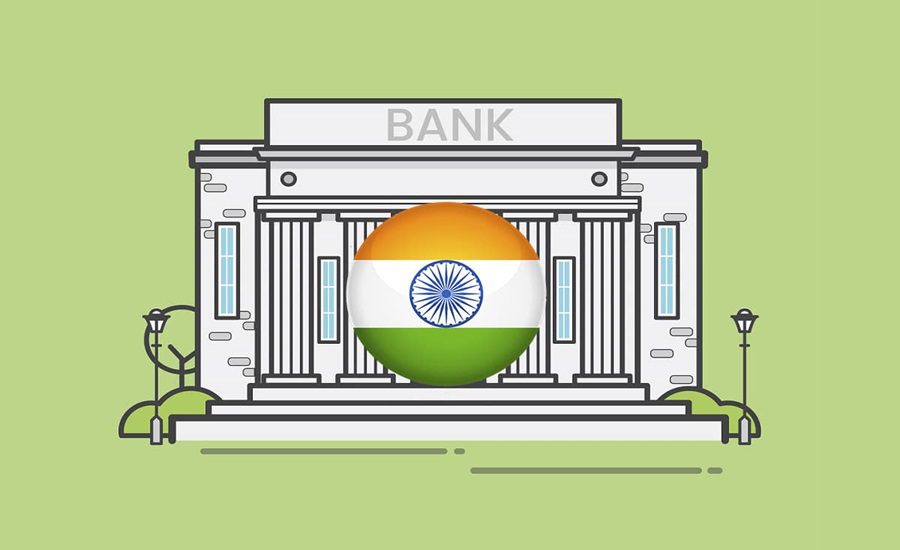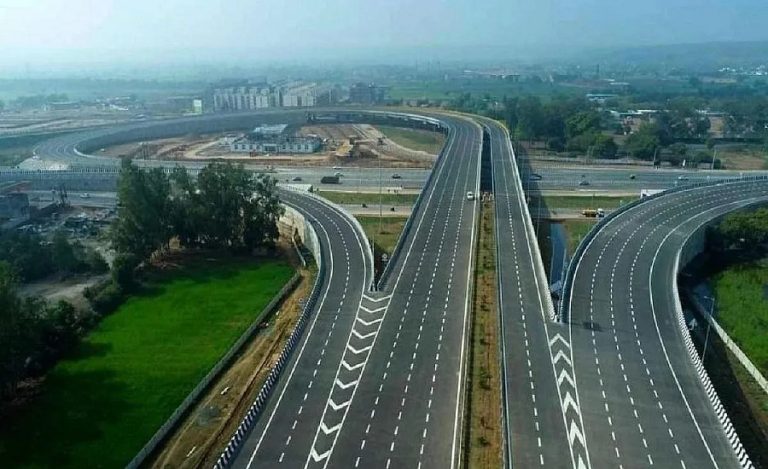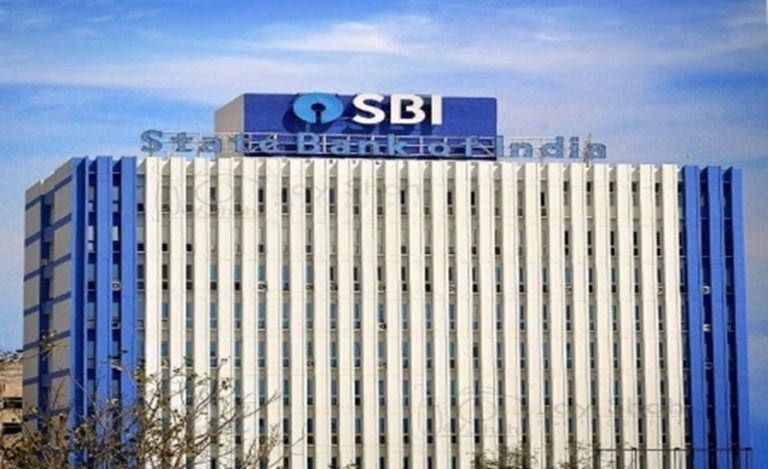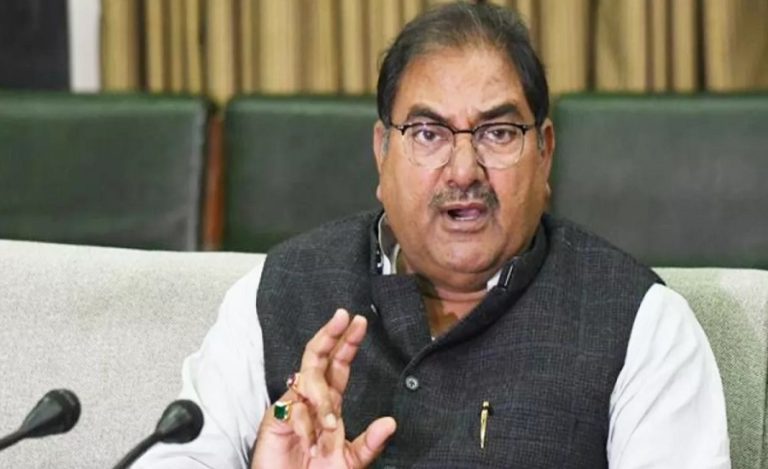India’s roadmap for large-scale Public Sector Bank (PSU) consolidation is back in focus, with the government aiming to create fewer but globally competitive banks capable of securing positions among the world’s top 100 financial institutions. The country’s largest lender, State Bank of India (SBI), is also backing the next phase of restructuring to enhance earnings and market value. Currently, six PSU banks await a final decision on possible mergers.
Six Standalone PSU Banks Under Review
The following banks remain independent entities and are being assessed for the next consolidation phase:
Bank of India, Indian Overseas Bank, Central Bank of India, Bank of Maharashtra, UCO Bank, and Punjab & Sind Bank.
Why Consolidation? A Development-Driven Banking Overhaul
The core objectives behind the merger plan include strengthening financial books, reducing bad debts, modernizing digital and physical infrastructure, improving risk management, and boosting India’s competitiveness in the global financial arena. As India’s infrastructure and credit demand accelerate, the government is pushing for larger, more efficient lenders capable of supporting national development.
A Three-Decade Journey of Major Bank Mergers
Over the past 30 years, India has seen transformative changes in its financial system, with bank mergers playing a key role in building stronger institutions. According to the Angel One blog, past mergers have led to improved capital strength, enhanced credit capacity, upgraded technology adoption, reduced operational costs, and lower branch overlap.
Key Mergers That Shaped India’s Banking Landscape (1993–2025)
- April 2017 – SBI merged with State Bank of Bikaner & Jaipur, State Bank of Hyderabad, State Bank of Patiala, State Bank of Mysore, State Bank of Travancore, and Bharatiya Mahila Bank—becoming India’s largest PSU bank.
- April 2019 – Bank of Baroda absorbed Vijaya Bank and Dena Bank, emerging as a major national lender.
- April 2020 – Punjab National Bank merged with Oriental Bank of Commerce and United Bank of India, making it India’s second-largest PSU bank by branch network.
- April 2020 – Canara Bank merged with Syndicate Bank, becoming the fourth-largest PSU bank.
- April 2020 – Union Bank of India merged with Andhra Bank and Corporation Bank, forming the fifth-largest PSU lender.
- April 2020 – Indian Bank merged with Allahabad Bank, becoming the seventh-largest PSU bank.
What’s Next? New Phase May Begin in April 2026
Though the Finance Ministry has not confirmed timelines or merger combinations, previous phases took effect in April—the start of the financial year. Media reports suggest that a major announcement may arrive in April–May 2026.
A Multi-Tranche Strategy for Smooth, Modern Consolidation
As per PL Capital, the government may adopt a two- to three-tranche approach to ensure smoother integration, improved capital alignment, and better operational efficiency. Officials reportedly stated that the long-term goal is to reduce the number of PSU banks from 12 to around 6 or 7, creating lenders with robust balance sheets, enhanced lending capacity, and superior governance to support India’s expanding infrastructure pipeline.
Conclusion: Stronger, Future-Ready Banks for a Growing Economy
The upcoming consolidation wave is expected to shape India’s next-generation banking ecosystem—building world-class institutions capable of powering economic growth, supporting large-scale development projects, and standing resilient in global financial rankings.
Also Read: PSU Banks Lead India’s Home Loan Market with 50% Share, Driven by High-Value Loans Above Rs 75 Lakh



























